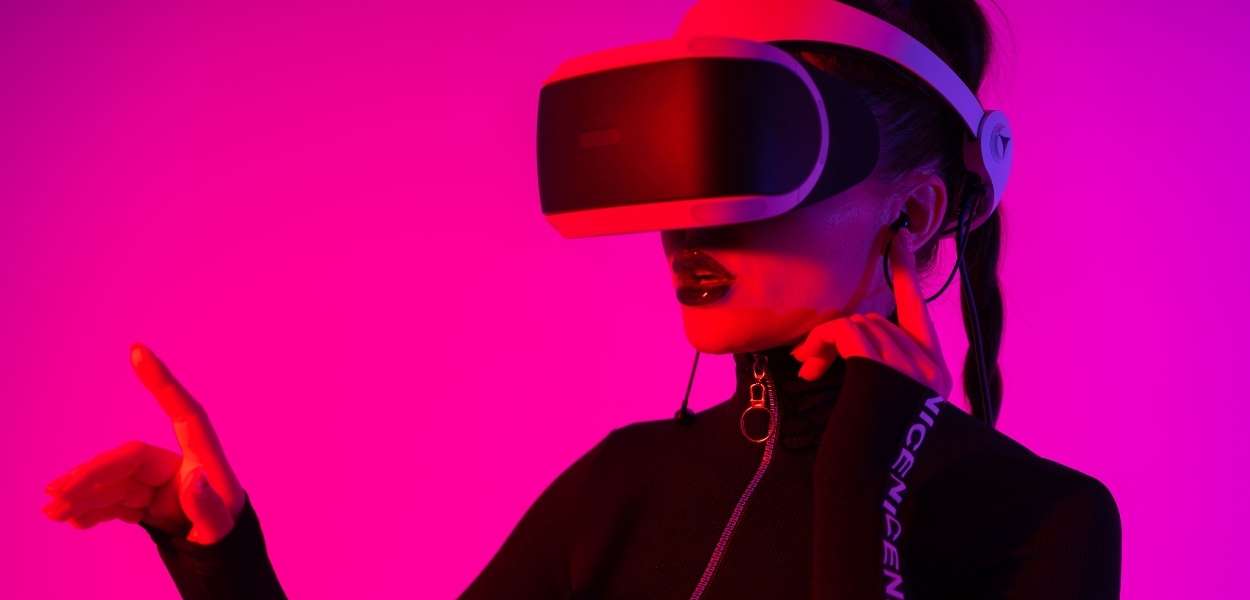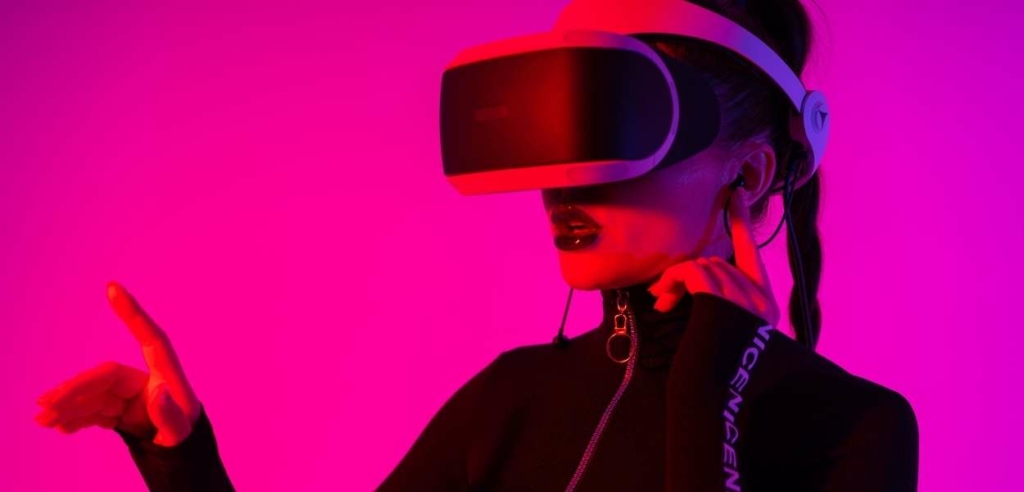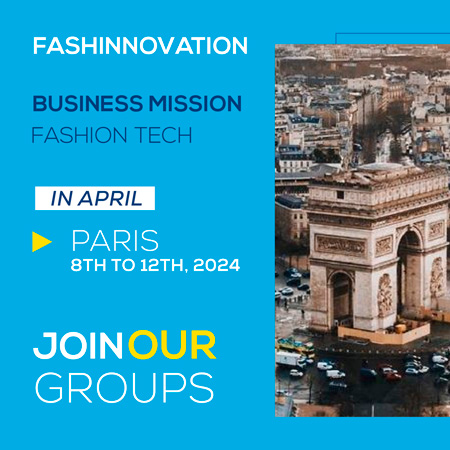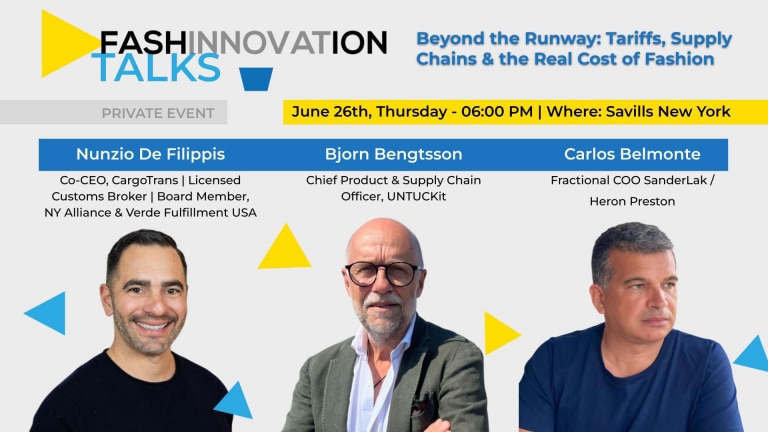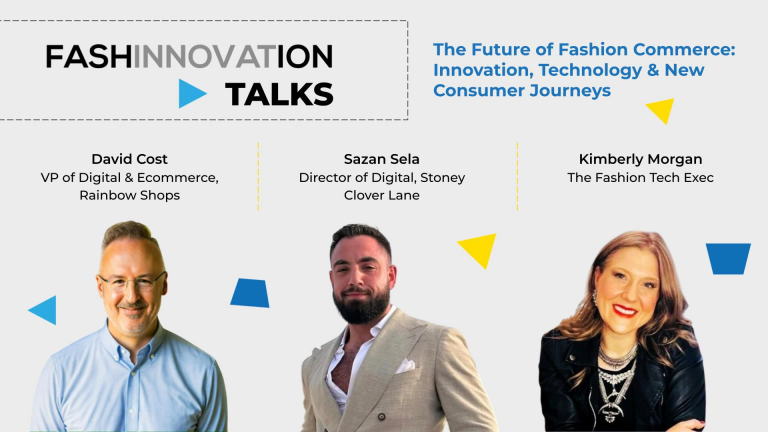It’s no secret that the fashion industry is undergoing massive changes in technology. The rise of online shopping has given us more options than ever when it comes to buying clothes, with some people even saying that there are too many choices today. We’re increasingly seeing fast fashion, which refers to high street brands copying catwalk trends and selling them at reduced prices.
Technology Trends
This is great for customers, but not so much for designers or smaller independent retailers who may struggle to stay afloat in this new market.
The use of technology in the business sector is very popular. You can boost up your sales by advertising your products. You can manage your projects with different apps. Furthermore, you can run better marketing campaigns and improve consumer services.
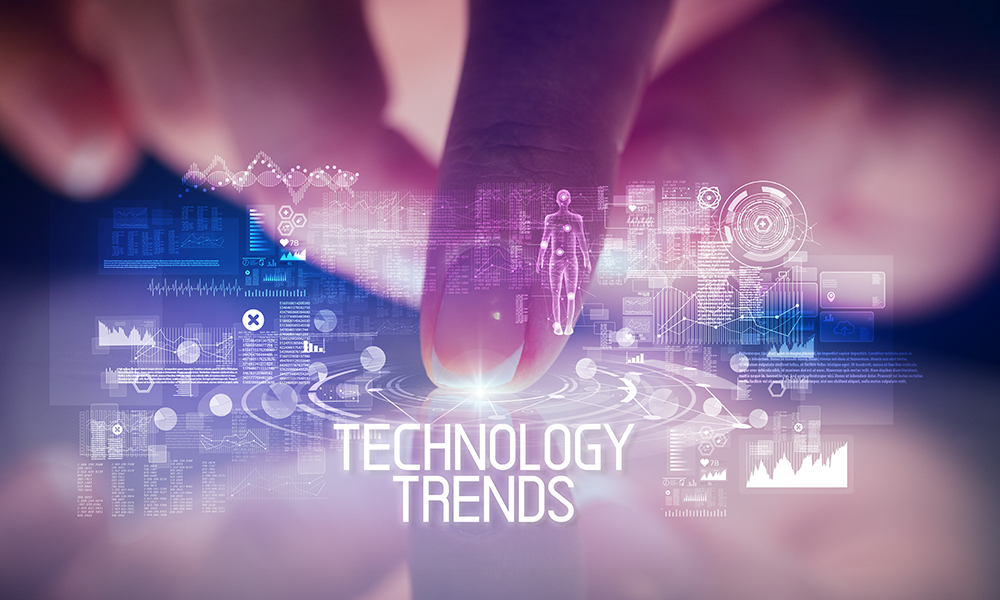
Let’s assume you are a jewelry-making and selling company and you want to increase the sale of your item, let’s say Diamond Bracelets. All you need to do is to put a beautiful picture of your item with a catchy description. You can write the specifications of the product. Diamond bracelets are never out of fashion, but you can put them on sale to increase the sale.
Diamond bracelets do not look attractive, but you can also give them to someone as a birthday or anniversary gift.
Fortunately, technology will play a significant role in preserving small businesses and large brands alike – here are six ways it will do so by 2021.
Technology Trends Reshaping The Fashion Industry
1. Augmented reality marketing:
AR, or augmented reality, is already being used extensively in retail environments to increase product sales. For example, take Nike’s SNKRS app, which uses the technology to allow customers looking at certain shoes in real life to see how they look on their own feet before making a purchase decision.
They have also used AR elsewhere with great success – take their ‘What The’ campaign last year where users could upload an image of themselves wearing certain items and then superimpose virtual Nike products onto them. This method allows shoppers to experiment with what looks best before buying something they’re uncertain about; it’s essentially like walking into a dressing room without leaving your house.
2. The ‘internet of things:
The internet of things isn’t just about Amazon Dash buttons or fitness trackers; it’s much bigger than that. It refers to interconnected sensors that help companies gather data on how people interact with their products, giving them unprecedented insight into all kinds of goods they are selling.
With fashion, this means catwalks could be streamed to the public in real-time so that people can see what’s currently trending on the runway. It also means that virtual fitting rooms could replace brick and mortar shops completely, allowing customers to try clothes on before sending them back if they don’t like them.
3. Collaborative consumption:
We’re likely to see more peer-to-peer services which allow people to share items rather than buying new ones. These businesses are already springing up all over the place, such as Rent The Runway, Hykso (a wearable tech startup), and GameFly, which offer access to high-end products for a fraction of the price while reducing waste at the same time.
4. Decentralized storage:
Centralized data storage is one of the main security concerns when it comes to digital payments and other transactional systems, and there’s a fear that people will lose their information in the event of a breach. This has pushed companies to start looking for alternatives, such as decentralized cloud storage, which means you don’t need to trust any intermediary with your data – you can store it yourself on multiple devices. Because no single person controls the system, it cannot be hacked or compromised easily.
GameFly uses this technology already, allowing customers access to their rented games even if the company goes out of business; we’re likely to see many more examples like this emerging in the next few years.
5. Blockchain technology
Blockchain is the underlying technology that powers Bitcoin and other cryptocurrencies, but it has far wider-reaching implications than just being a new way to pay for things. As it’s a decentralized ledger system, there’s no central node where all the information is stored, so taking down a blockchain would require simultaneously destroying every single computer on it around the world (which is virtually impossible).
It also allows people to create smart contracts which can be enforced without needing to trust any intermediary parties; because of this, these kinds of transactions are much more secure than traditional methods.
For example, when you hire someone through UpWork, they deposit funds into escrow before starting work – if they don’t deliver, you get your money back (and vice versa). This method doesn’t require trust, as it all happens automatically through the blockchain.
6. Virtual reality(VR):
This is less of a trend and more of an inevitability – virtual reality has been around for decades in various forms. Still, over the last few years, prices have dropped substantially to the point where they are now affordable for consumers, and this year, all kinds of big companies are releasing VR headsets. For instance, in March, Facebook released their Oculus headset to the public, while HTC revealed Vive just two weeks ago.
Virtual reality has many applications across different industries, including fashion which can get customers closer to their favorite products. It could also be used by designers themselves. Therefore, it would offer them greater insight into how people interact with their clothes. So, with it, they can create new and improved styles.
Check out our previous article about rental fashion – and if it is really sustainable.
* By Aliza Zulfiqar
